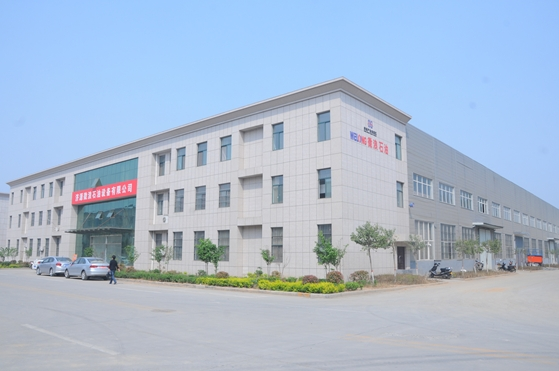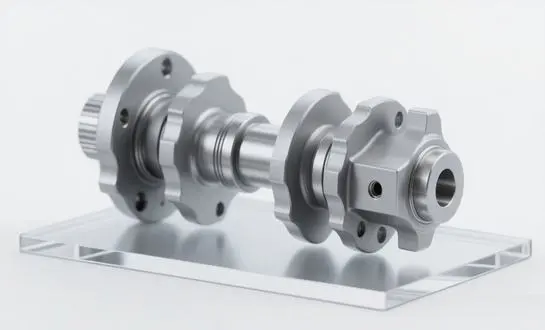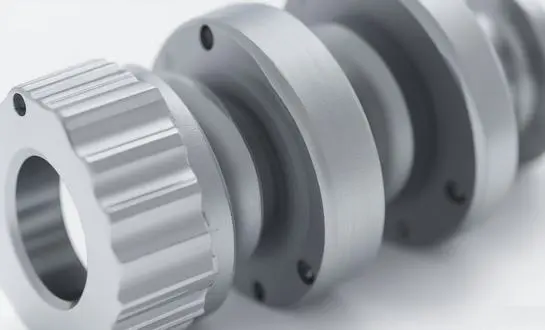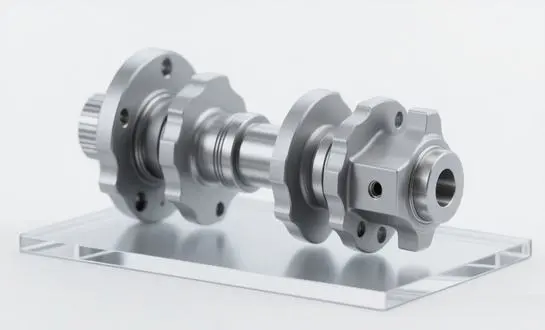Making shapes out of metal sheets and profiles requires Rolling Mill Rolls because they affect how well, accurately, and qualitatively the finished products are made. Whether you use copper, aluminium, or steel, the tools you choose will have a direct impact on how your production line works. Business in China have come a long way in the past few years by making better products for less money. That being said, European makers have a long history of taking over their markets with new product designs and a strong focus on quality. The point of this piece is to give experts in the field a balanced and open look at both options so that they can make choices that meet their needs and fit their budget.
Material Composition: Eastern vs. Western Approaches
Rolling Mill Rolls' performance, longevity, and cost-effectiveness are all affected by the material composition. There are benefits and downsides to the different material selection and processing methods used by Chinese and European producers.
Chinese Rolling Mill Rolls: Embracing Innovation and Cost-Efficiency
Chinese manufacturers have made significant advancements in material technology over the past decade. They often utilize a combination of traditional and innovative materials to create rolls that balance performance and cost-effectiveness. Some common materials used in Chinese Rolling Mill Rolls include:
- High-chromium steel
- Nickel-chromium alloys
- Tungsten carbide composites
- Advanced ceramic materials
These materials are selected for their ability to withstand high temperatures, resist wear, and maintain dimensional stability during the rolling process. Chinese manufacturers have also invested heavily in research and development, leading to the creation of proprietary alloys that offer improved performance at competitive price points.
European Rolling Mill Rolls: A Legacy of Excellence
European manufacturers have long been recognized for their commitment to premium materials and meticulous production processes. Their approach to material composition often involves:
- High-purity alloyed steel
- Advanced carbide materials
- Specialized heat-treated alloys
- Nano-engineered surface coatings
European rolls are often designed with a focus on longevity and consistent performance, even under extreme conditions. The use of premium materials and advanced manufacturing techniques results in rolls that typically offer superior wear resistance and surface finish quality.
Durability and Lifespan: A Comparative Analysis
The durability and lifespan of Rolling Mill Rolls are crucial factors that directly impact operational efficiency and long-term costs for metal processing facilities. Both Chinese and European manufacturers strive to produce rolls that can withstand the demanding conditions of modern rolling mills, but their approaches and outcomes can differ significantly.
Chinese Rolling Mill Rolls: Rapid Improvements in Longevity
Chinese manufacturers have made substantial progress in enhancing the durability of their Rolling Mill Rolls. Key factors contributing to their improved lifespan include:
- Advanced heat treatment processes
- Implementation of quality control measures
- Adoption of international manufacturing standards
- Continuous improvement based on customer feedback
While historically, Chinese rolls may have been perceived as less durable than their European counterparts, recent advancements have significantly narrowed this gap. Many Chinese manufacturers now offer rolls with competitive lifespans, especially in less demanding applications or for shorter production runs.
European Rolling Mill Rolls: Setting the Benchmark for Longevity
European Rolling Mill Rolls have long been regarded as the gold standard for durability and lifespan. Factors contributing to their renowned longevity include:
- Rigorous material selection and testing
- Precision manufacturing techniques
- Advanced surface treatments and coatings
- Comprehensive quality assurance processes
European rolls often demonstrate superior resistance to wear, thermal fatigue, and surface degradation. This translates to longer periods between roll changes, reduced downtime, and more consistent product quality over extended production runs. However, this enhanced durability typically comes at a premium price point.
Cost-Effectiveness: Balancing Quality and Budget
In the competitive world of metal processing, cost-effectiveness is a critical consideration when choosing Rolling Mill Rolls. Both Chinese and European options present unique value propositions, each with its own set of financial implications for manufacturers.
Chinese Rolling Mill Rolls: Competitive Pricing with Improving Value
Chinese manufacturers have long been known for offering Rolling Mill Rolls at competitive price points. This cost advantage has been a significant factor in their growing market share. Key aspects of their cost-effectiveness include:
- Lower labor and production costs
- Economies of scale due to large production volumes
- Government incentives for manufacturing and export
- Streamlined supply chains and logistics
While the initial purchase price of Chinese rolls is often lower, it's essential to consider the total cost of ownership. Factors such as roll lifespan, maintenance requirements, and potential impact on product quality all play a role in determining the true cost-effectiveness of these rolls.
European Rolling Mill Rolls: Premium Quality at a Higher Price Point
European Rolling Mill Rolls are typically positioned at the higher end of the price spectrum. However, many manufacturers argue that their superior quality and performance justify the increased cost. Factors contributing to their value proposition include:
- Extended operational lifespan
- Reduced frequency of roll changes and associated downtime
- Consistent high-quality output over longer production runs
- Advanced technical support and after-sales service
For manufacturers producing high-value or precision products, the investment in European rolls can often be justified by improved product quality, reduced waste, and enhanced overall operational efficiency.
Conclusion
The choice between Chinese and European Rolling Mill Rolls is not a simple one, as both options offer distinct advantages and challenges. Chinese manufacturers have made significant strides in quality and performance while maintaining competitive pricing, making them an attractive option for many applications. European producers continue to set the benchmark for premium quality and long-term reliability, albeit at a higher price point.
Ultimately, the decision should be based on a comprehensive evaluation of your specific needs, production requirements, and budget constraints. Factors such as the type of metal being processed, production volume, quality standards, and long-term cost implications should all be carefully considered. As the industry continues to evolve, both Chinese and European manufacturers are likely to further refine their offerings, potentially blurring the lines between these two options in the future.
Call to Action
At Welong, we understand the critical role that Rolling Mill Rolls play in your metal processing operations. Our extensive experience and commitment to quality make us your ideal partner in selecting the perfect rolls for your specific needs. Whether you're looking for cost-effective solutions or premium, long-lasting rolls, our team of experts is here to guide you through the selection process.
Don't let uncertainty hold you back from optimizing your production line. Contact us today at oiltools15@welongpost.com to discuss your Rolling Mill Roll requirements. Our knowledgeable staff will work closely with you to find the perfect balance of performance, durability, and cost-effectiveness for your unique application. Let Welong empower your metal processing operations with the finest supply chain solutions from China.





